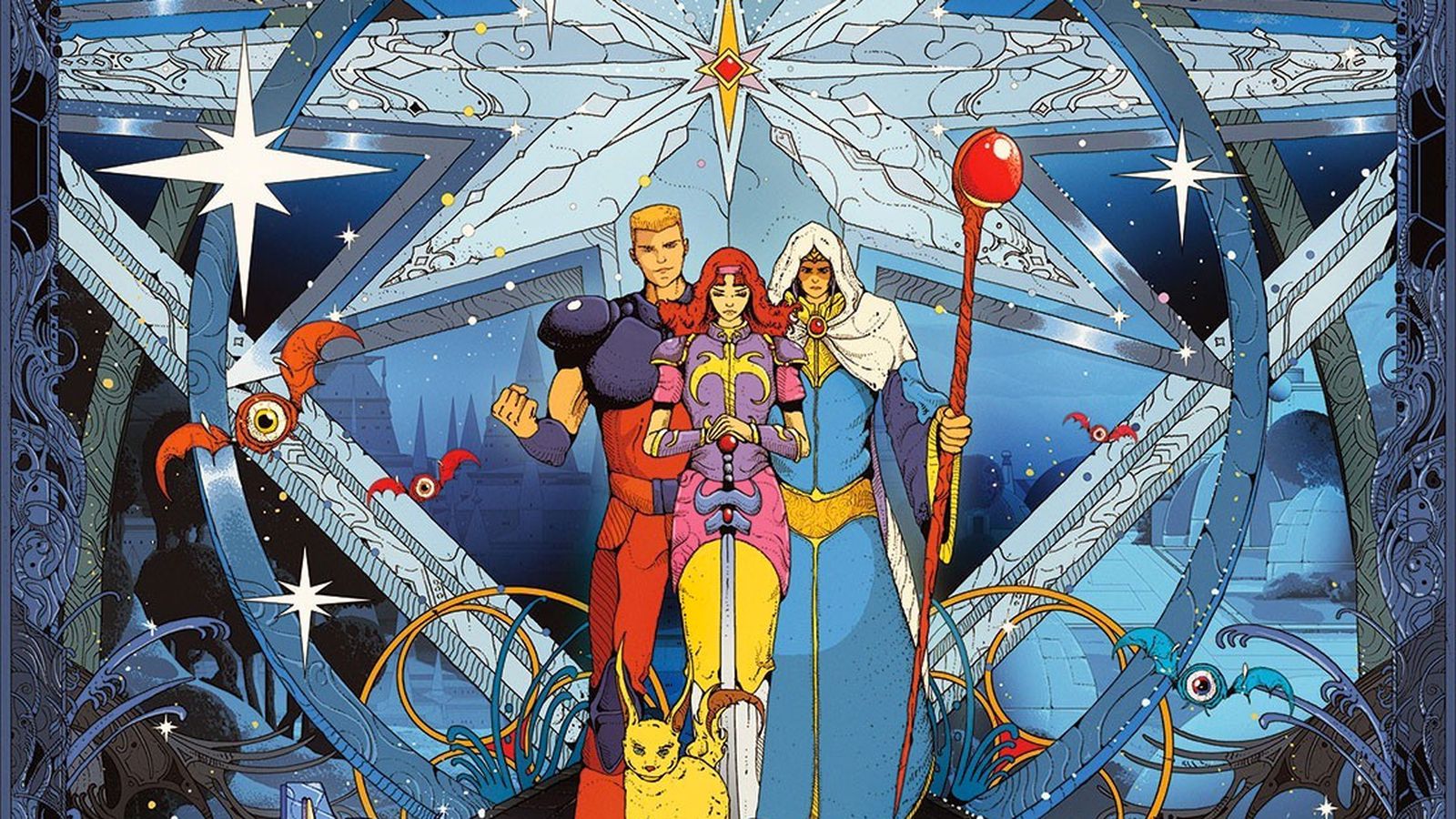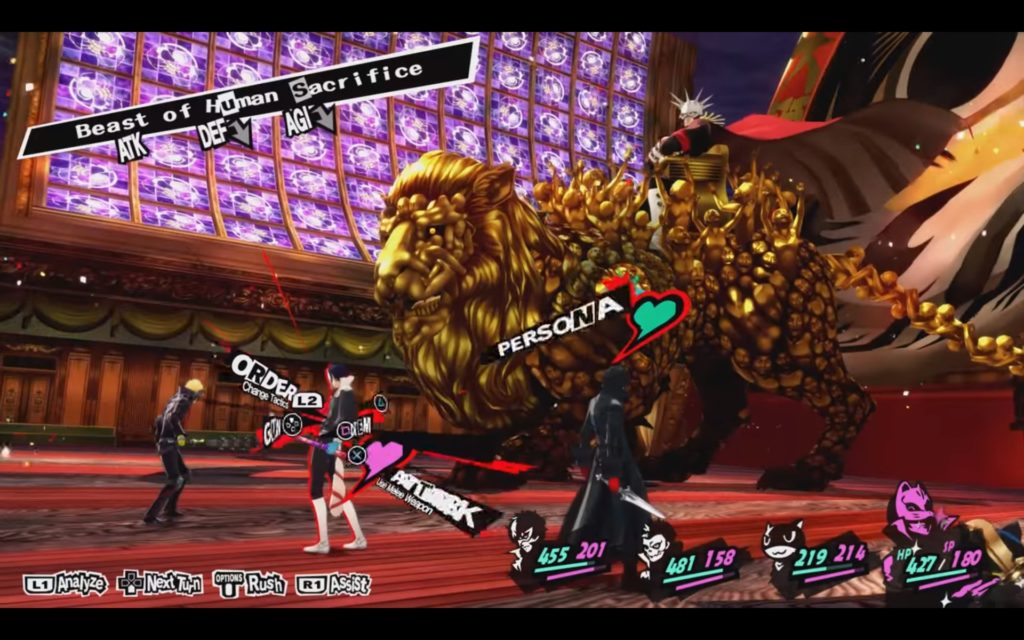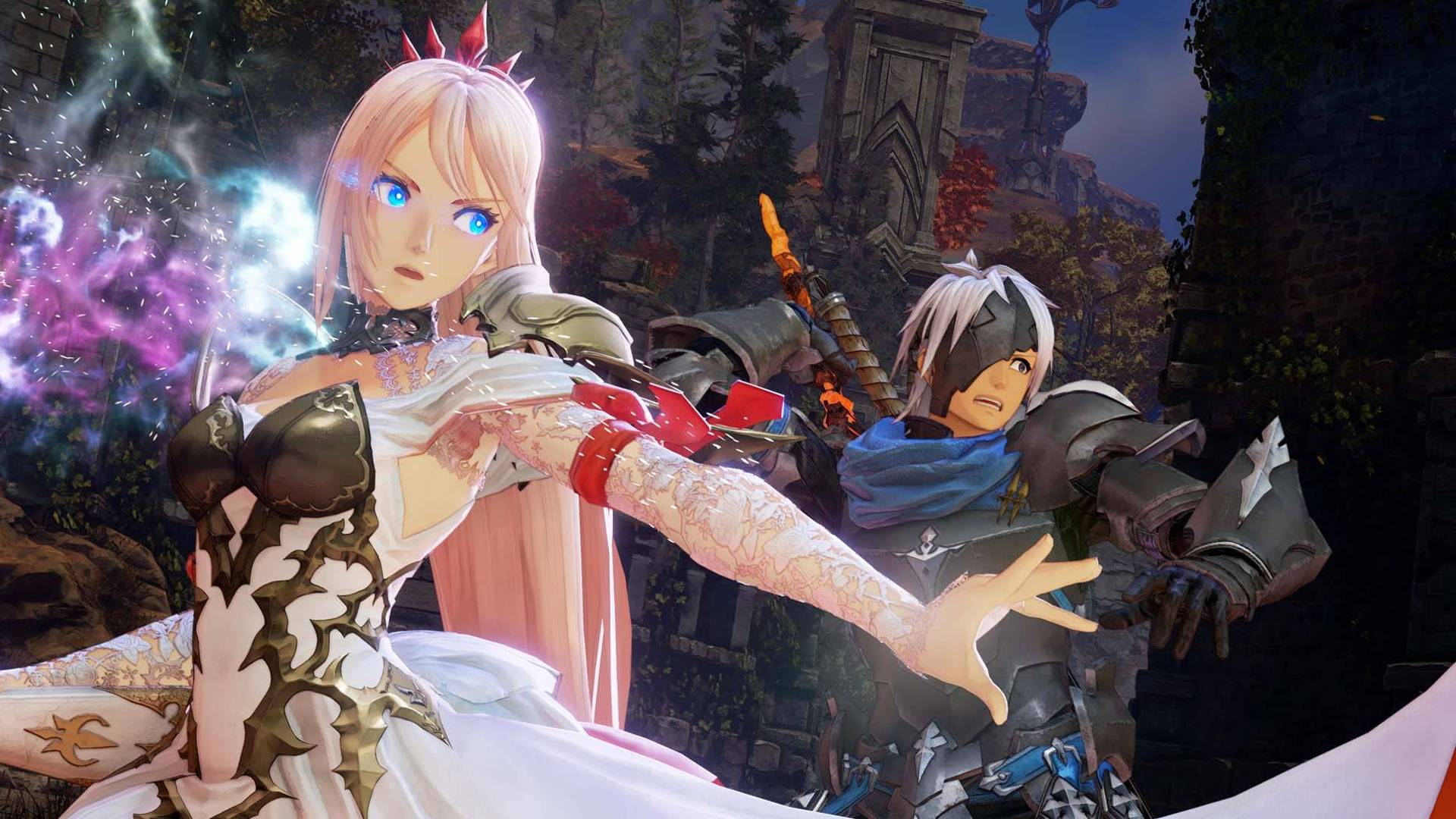SEGA needs to remake Phantasy Star, and here’s why
Phantasy Star, from conception to execution, is a science fiction JRPG that dares players to embrace the ideas presented throughout its narrative as much as the journey playing through the game. Cities atop floating isles of steel connected by roadways of machinery are examples of those ideas made real. The imagery doesn’t stop there, though.
Phantasy Star had laser guns, planetary travel with spaceships over a solar system, nuanced storytelling beats, demonized alien-like enemies, and much more. It was a trailblazer and still is with the series’ current state as Phantasy Star Online 2: New Genesis, but much of that allure has faded, which makes a remake from the beginning a possibility to revive the identity and roots of the franchise.
Its’ success was massive for the JRPG landscape in the late 1980s. Back then, players were only acquainted with medieval fantasy pioneers like Final Fantasy and Dragon Warrior (later known as Dragon Quest). The technical achievement of Phantasy Star showcased 3-D dungeon navigation in first-person, pixelated character cutscenes, and included saving game positions. Then you got the main character, Alis Landale, who became one of the earliest iconic female leads. Next to Samus Aran, she had a heavy backstory about getting revenge for her gunned-down brother. Due to its’ stand-out nature, Phantasy Star was boldly presented to a western audience and became one of the first JRPGs in stores.
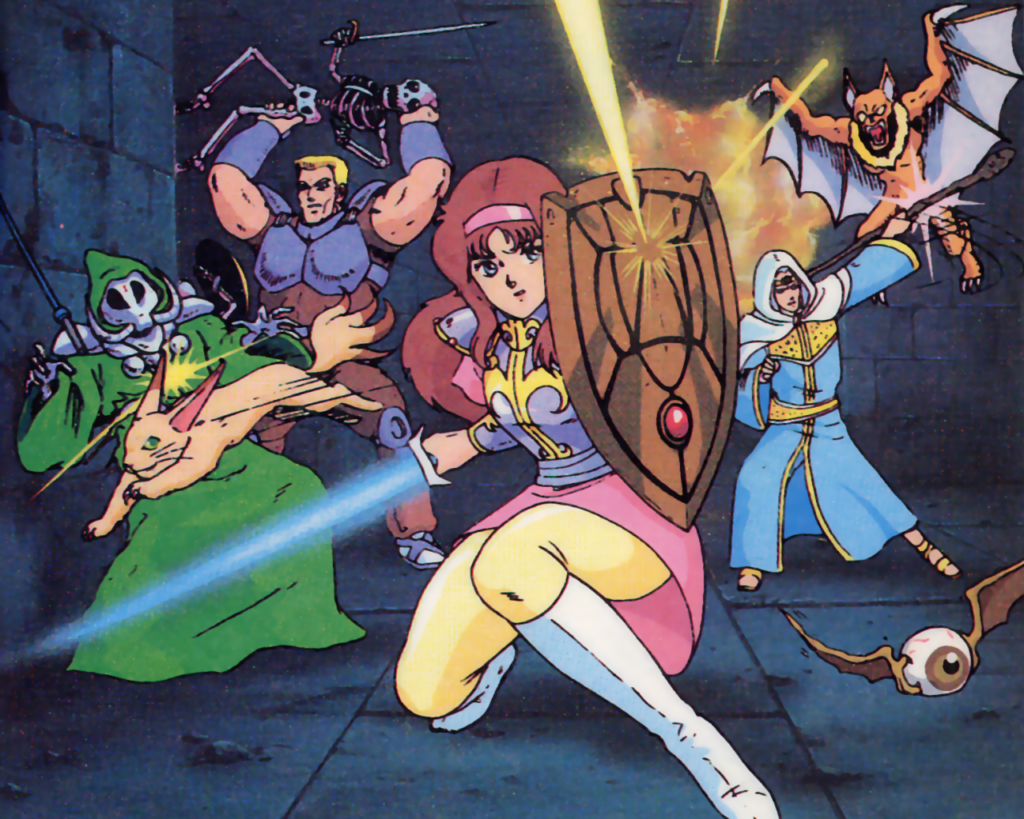
Developed by SEGA, the Phantasy Star series is primarily a Japanese role-playing 30+ years legacy that started as a turn-based battle odyssey and transformed into a dynamic action-oriented MMO. The IP stretches over 26 games (spin-offs included) with several having polarizing differences. But the staple concept elements of each is a unique mix of science fiction, Greek mythology, and medieval fantasy.
You get a reboot, and you get a reboot…
The series debuted in 1987 on the SEGA Master System and followed the original series with four mainline games finishing off on the SEGA Genesis. The series faced a 2000 reboot in favor of hack-n-slash MMORPGs for systems like SEGA Dreamcast, Gamecube, Windows, and Nintendo DS. The only things carried over from the original line were items, money, and enemies. The latest title in this line of games, Phantasy Star 0, would stand out for its’ attempt at a fleshed-out offline story mode and spark the future of the IP.
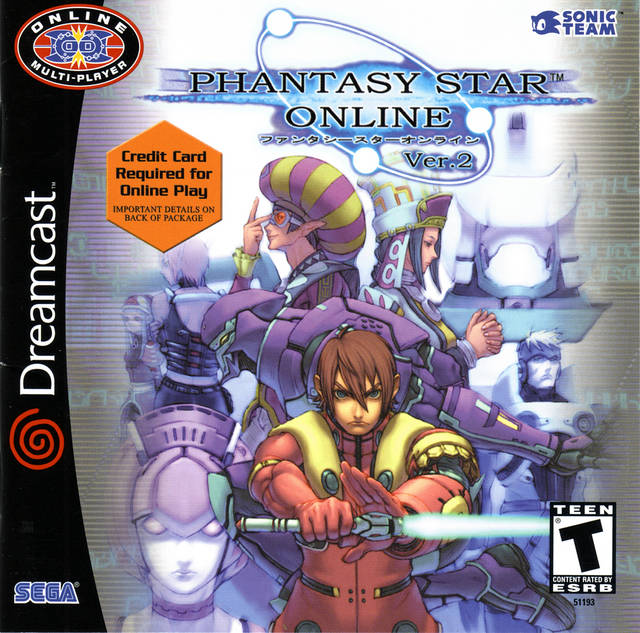
But the first reboot was short-lived, as SEGA pulled back the reins in 2006 to reset the Online games and reveal Phantasy Star Universe. It had a fully-realized story mode that included most of the roots of what made PS an iconic series. There were characters with diverse backgrounds and motivations, an underdog protagonist against impending doom and injustice, and a new galaxy, the Guhrel System, that had three planets with in-depth histories. It was a fresh restart that finally captured every piece of the franchise, but yet again, SEGA pulled the plug.
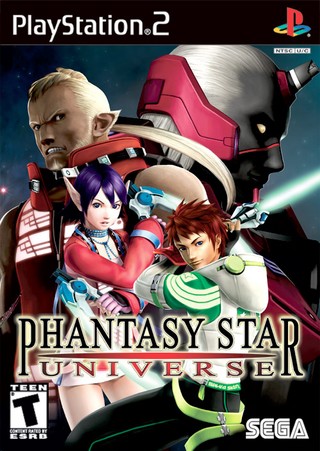
In 2012, SEGA announced a new title: Phantasy Star Online 2. Like the first Online series, the second line focused on MMORPGs and didn’t follow the older games. PSO2: New Genesis is today’s amalgamation of this long legacy that continues to struggle with its’ identity. With the constant reboots, it’s clear that SEGA isn’t sure about what Phantasy Star should be. Though, it seems like they’re open to reconstructing the series if the past games are any indicator for new ideas. By experimenting with a true remake to reimagine the original game, it could work in tandem with the Online series similar to Final Fantasy XIV and Square Enix’s mainline titles. This would please all sides of the fandom who have grown with the series during the various “reimaginings.”
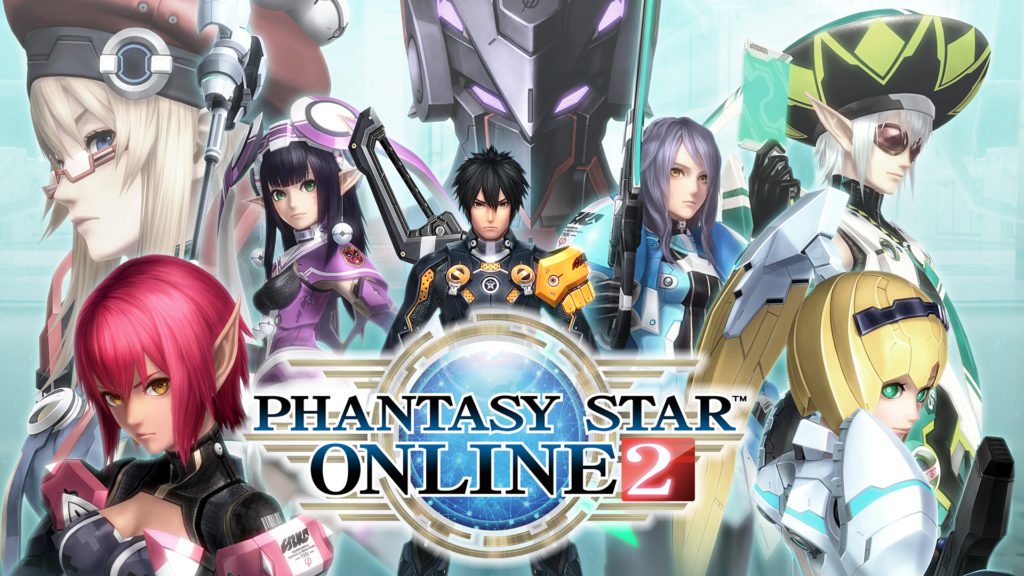
But did you know there was a remake already?
Let’s go way back. In the early 2000s, IPs like Final Fantasy and Dragon Quest kickstarted a remake/remaster renaissance for 80s and 90s JRPGs. SEGA jumped on the wagon and remade their first two original games: Phantasy Star Generation: 1 & 2. They released under the SEGA Ages 2500 series, a budget label focused on re-releasing older games on the PlayStation 2. The gameplay featured new graphics, real-time 3-D dungeons to pay homage to the original, new music, anime-styled cutscenes with extended dialogue, and battles were revamped and revealed characters attacking like Phantasy Star IV.
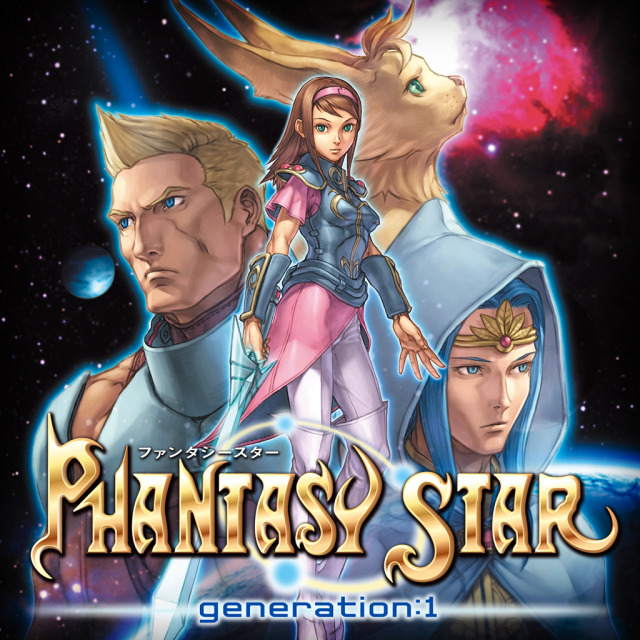
Conspiracy Entertainment was in charge of planning for an American release as part of a Phantasy Star Trilogy collection, with remakes of PS I, II, and IV. Unfortunately, they were never green-lit due to poor sales in Japan. While the remake did showcase new qualities, it was a budget game that never grabbed attention outside the fanbase. And that was the problem: it was a budget title.
If SEGA could approach Phantasy Star just like Square Enix remade Final Fantasy VII, it would turn heads and set a new standard for the franchise. Visuals are nice, but the FFVII Remake redefined what a thoughtful retelling could accomplish for an older game, and I believe SEGA can recreate that now. Phantasy Star has major game elements that could stand on the same playing field as the behemoth JRPGs today. I’ll tell you why they work.
Spaceship Travel
Anyone interested in sci-fi JRPGs knows that Star Ocean and Phantasy Star have some striking similarities. One of them is spaceship travel to various planets, which Phantasy Star started with its’ first game. It was a minor mechanic that zipped your spacecraft across space and lasted about ten seconds, but a new concept for its’ purpose in a remake opens the window for space exploration the series has never seen.
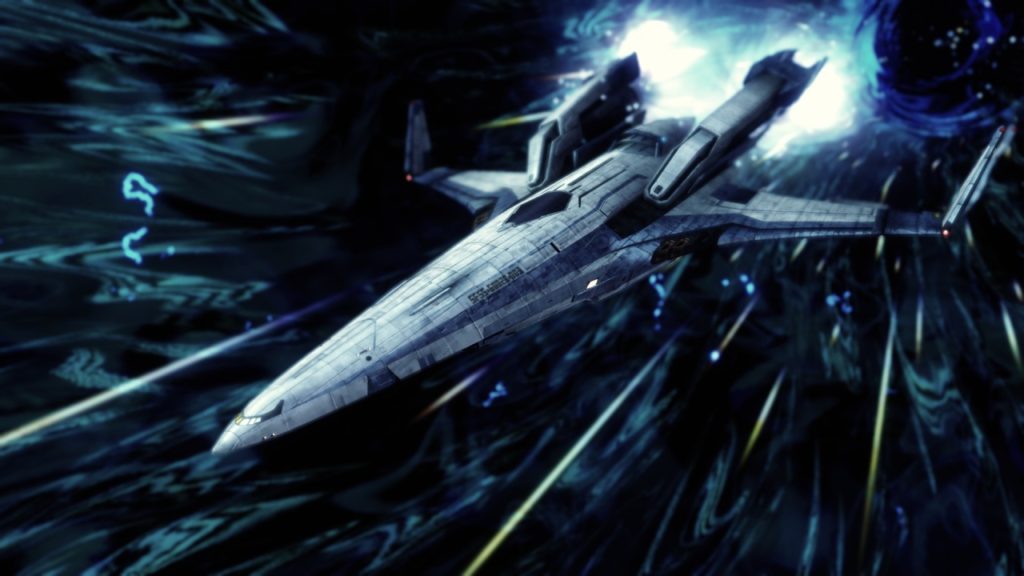
Imagine this: a solar system with a plethora of planets, most unexplored and teeming with relevant side content to explore the history of the galaxy and character backstories, to hammer down on the expansive space opera feel of the series. Phantasy Star always limited itself to a handful of planets. There are rare instances of space interaction; however, it’s always space jumping between worlds. Since SEGA was the one who sparked space travel in JRPGs, I’d love to see a new spin on space navigation that remains a mode of transportation but also dares to be outlandish in how the player uses it.
Dungeon Exploration
Did you know that old-school 3-D navigation for dungeons isn’t as dated as people might believe? You can find it in games like Bard’s Tale IV and Legend of Grimrock 2 that are grid-based and first-person. But let’s go deeper. The highly acclaimed Darkest Dungeon offers a grid-based map selection screen reminiscent of wandering through retro dungeons. Therefore, keeping to Phantasy Star‘s roots for dungeons could definitely work – albeit a mechanical/visual spin would be necessary to refine it and attract attention.
Imagine this, again: that instead of colored walls with shifting lines, hallways evolve into windy chasms forcing you off ledges, forests are dubiously vibrant to hide surprise encounters from carnivorous plants, and cold environments actually deal damage to the party. A noticeable evolution for dungeon exploration is present here, and within the world of Phantasy Star, the imagination can run wild.
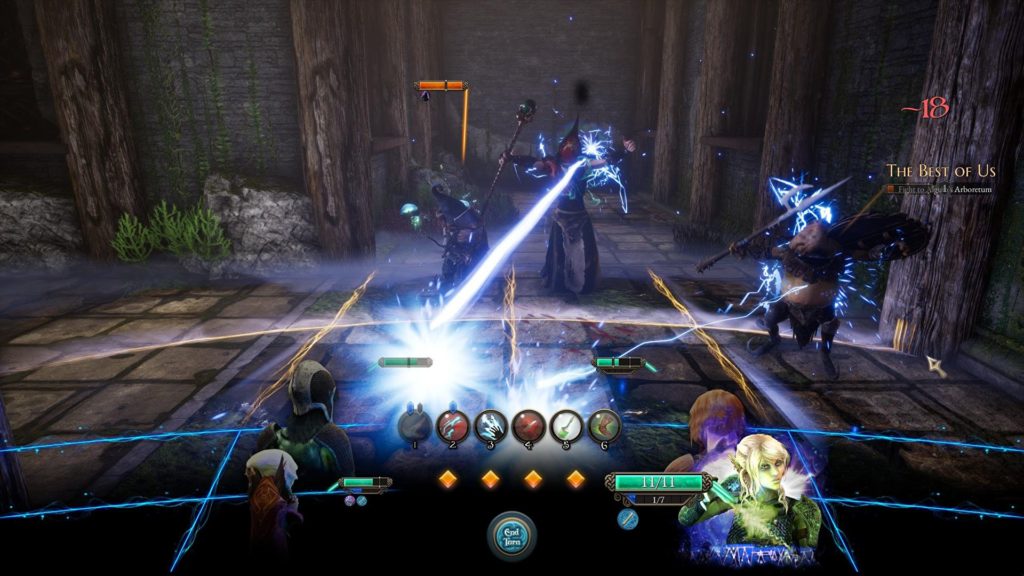
Combat System
JRPGs have grown from the days of repeatedly smashing the attack button to win the fight. And magic or supernatural abilities aren’t so specific and sometimes useless. Player choice is crucial in battle – especially in JRPGs when encounters mean progression. Phantasy Star has an old-styled battle system foundation, but it could expand on team cooperation and introduce prompted action sequences similar to the Persona and Tales of series.
Characters like Alis could have passive talents that follow-up party attacks. Noah, Phantasy Star‘s primary spellcaster, should use technology in some way to cover himself and his team when his magic is dried up. There’s room for combo attacks, 3-D action sequences to break up the first-person perspective, environmental risks, etc.. With a party of four members, flexibility in what everyone can do will define the complexity and fun in fights. Combat is a broad realm for change in Phantasy Star due to its’ age, but it’s entirely possible to reform if SEGA researches what makes and kills JRPG battles for players today.
Now, at the end of my soapbox, I want to express that you should spark conversations about your favorite games. There are a lot of series lost to time. Some are so obscure that they only worked on older systems. Even though Phantasy Star kickstarted the sci-fi genre in JRPGs, it has become a lackluster genre. And while SEGA’s PSO2: New Genesis will see good content in the next year or so, it’s only a matter of time before SEGA pushes the reset button again. When that time comes, they should go back to the beginning. Revive what started everything.
What’s your opinion on a Phantasy Star remake? Let us know below!


